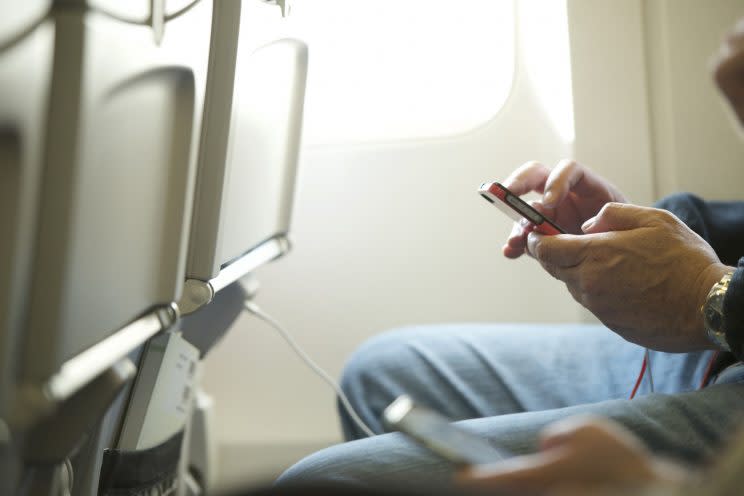The 'case of the incredible shrinking airline seat' is finally being investigated

These days, airlines get to decide how much legroom they give passengers. But a new court order is pressuring aviation officials to set a mandate for seat size.
On July 28, judges on the United States Court of Appeals for the District of Columbia called out the Federal Aviation Administration (FAA), urging it to review what one judge called, “The Case of the incredible Shrinking Airline Seat.”
The court order was actually inspired from a petition originally filed by Flyers Rights in 2015. In that document, the consumer advocacy group raised concerns over the safety of passengers if seats continued to decrease in size. They believe that passengers wouldn’t be able to swiftly vacate a plane in an emergency, because the cabin is so cramped with seats. The petition also points to health concerns, like deep vein thrombosis, which can occur if blood flow is restricted in the leg.
The FAA denied that petition, but the court of appeals found that the FAA used “off-point studies” and “undisclosed tests using unknown parameters” to backup their claims for denying the petition. Now the agency will have to seriously consider the group’s safety concerns.
Currently, the FAA does not mandate the size of seats, and each airline gets to use its own discretion. This is perhaps why we have seen seat pitch (the distance between the back of one seat and the front of another) decline in the past couple of years.
According to the petition, the average seat pitch used to be 35 inches. Today, that number has fallen to 31 inches. Most of the major carriers like Alaska Air, American, Delta and United have seat pitches ranging from 30-32 inches. JetBlue consistently offers more legroom, boasting a seat pitch of 32-33 inches on most of its planes. On the shorter end of the spectrum is budget carrier Spirit, which has a leg-cramp inducing 28 inch pitch in the economy cabin.
Not surprisingly, seats have also gotten more narrow. Flyers Rights says the average width of a plane seat was 18.5 inches in the early 2000s. That number dropped down to 17 inches in 2010. The shrinking seats are even more magnified by the fact that Americans have gotten larger over the past decade. The average weight for men in 2002 was 191 pounds. Today, the number is 195.7. For women, weight has jumped from 164 to 168 pounds.
It’s no secret that airlines have decreased the size of seats to maximize space and profits on flights. In May, American Airlines added more seats to its 737 Max jetliners, decreasing pitch from 31 inches to 30 in the economy section. What’s more, three rows on the plane were saddled with just 29 inches of legroom.
In 2015, United added enough seats to planes that it was equivalent to building 14 new aircraft. The airline was able to add revenue, but passengers lost precious legroom in the process.
For this new petition, the FAA has six months to respond by dismissing the petition or by “issuing a notice of proposed rulemaking.”
While these new measures may be of interest to passengers who want more leg room, they shouldn’t hold their breath. A bipartisan group of lawmakers introduced a bill in March that would require the FAA to issue minimum seat-size requirements. It has yet to be voted on. A similar bill was rejected in 2016.
In the meantime, passengers can take an active role in the seats they select. During booking, the type of plane you’re flying on is typically listed in the details. With that information you can visit a site like Seat Guru to get a layout of the seat locations, pitches and accessibility.
Armed with this information, passengers will be able to better compare the cost of a ticket with the level of comfort they can expect during their flight.
Brittany is a reporter at Yahoo Finance.
The cheapest ways to see the solar eclipse
How to buy happiness even if you’re not rich
You can now spend Chase, Citi rewards points on PayPal purchases

